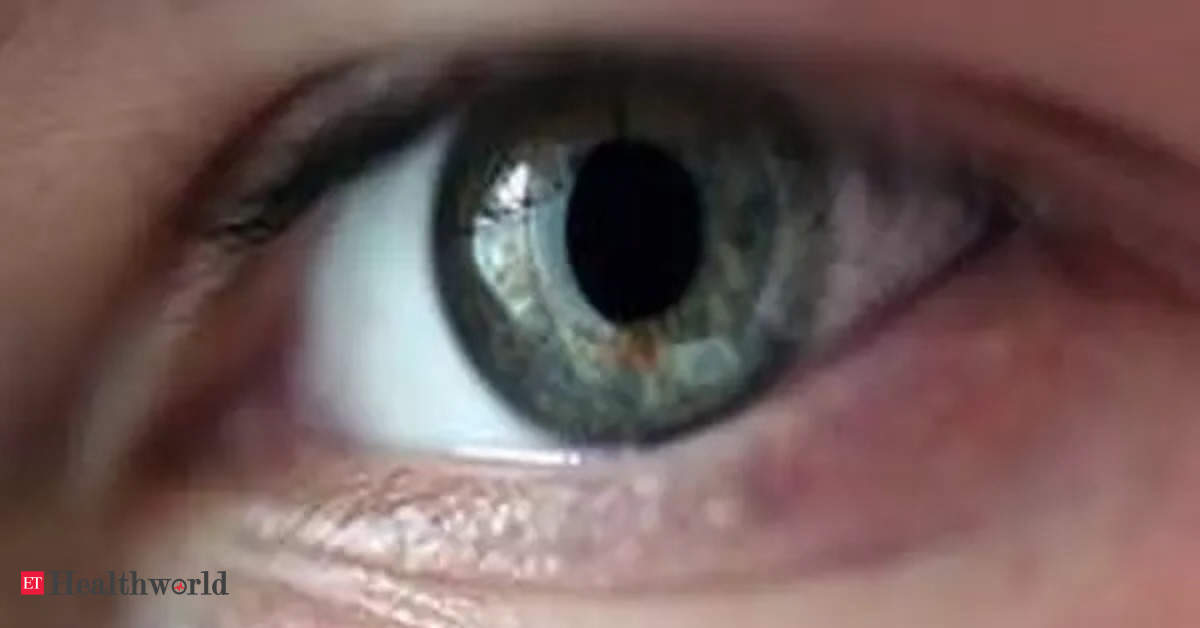Researchers discover therapeutic target to aid glaucoma treatment, Health News, ET HealthWorld

Exclusive
Researchers discover therapeutic target to aid glaucoma treatment
Age-related neurodegenerative disease, which includes glaucoma, Parkinson's disease, and amyotrophic lateral sclerosis (ALS), is the biggest global health problem. The fundamental mechanisms that we discovered can be used to protect neurons in glaucoma and be tested for other diseases. We have identified a critical step of the complex mitochondrial homeostasis process, which rejuvenates the dying neuron, similar to giving a lifeline to a dying person.
ANI
March 12, 2023, 15:00 IST
Indiana: A damaged optic nerve underlies the neurodegenerative illness glaucoma, which results in visual loss and eventual blindness. Glaucoma affects more than 2,00,000 persons in the United States annually. Regrettably, there is no cure at this time. Researchers discovered that neurons use mitochondria as a consistent source of energy in a recently published work in Communications Biology and that restoring mitochondrial homeostasis in sick neurons can shield the optic nerve cells from harm.
"Age-related neurodegenerative disease, which includes glaucoma, Parkinson's disease, and amyotrophic lateral sclerosis (ALS), is the biggest global health problem," said Arupratan Das, PhD, assistant professor of ophthalmology and principal investigator of the study. "The fundamental mechanisms that we discovered can be used to protect neurons in glaucoma and be tested for other diseases. We have identified a critical step of the complex mitochondrial homeostasis process, which rejuvenates the dying neuron, similar to giving a lifeline to a dying person."
The research team, led by Michelle Surma and Kavitha Anbarasu from the Department of Ophthalmology, used induced pluripotent stem cells (iPSCs) from patients with and without glaucoma as well as clustered regularly interspaced short palindromic repeats (CRISPR) engineered human embryonic stem cells with glaucoma mutation. Using stem cell differentiated retinal ganglion cells (hRGCs) of the optic nerve, electron microscopy and metabolic analysis, researchers identified glaucomatous retinal ganglion cells suffer mitochondrial deficiency with the more metabolic burden on each mitochondrion. This leads to mitochondrial damage and degeneration. Mitochondria are the tube-like structures in cells which produce adenosine triphosphate, the cell's energy source.
However, the process could be reversed by enhancing mitochondrial biogenesis with a pharmacological agent. The team showed retinal ganglion cells are highly efficient in degrading bad mitochondria, but at the same time producing more to maintain homeostasis.
"Finding that retinal ganglion cells with glaucoma produce more adenosine triphosphate even with fewer mitochondria was astonishing," Das said. "However, when triggered to produce more mitochondria, the adenosine triphosphate production load was distributed among more mitochondrion which restored the organelle physiology. It is similar to a situation where a heavy stone is carried by fewer people versus a greater number of people -- each person will have less pain and injury, just like each mitochondrion will have less difficulty and damage."
In the future, Das would like to test if these mechanisms protect the optic nerve in animal models under injury before testing in humans to hopefully lead to new clinical interventions.
Follow and connect with us on Twitter, Facebook, Linkedin,
Sunday, March 12, 2023 at 9:30 am